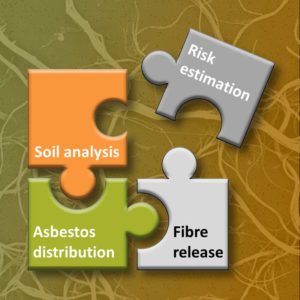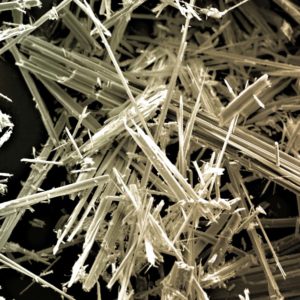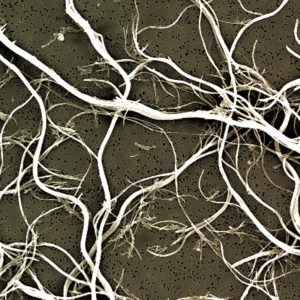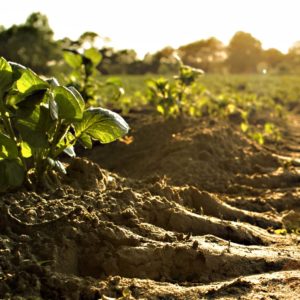Issue Date: May 2022
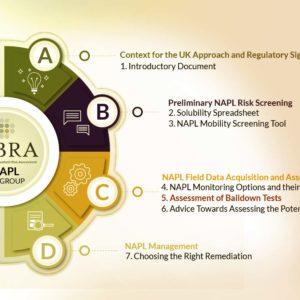
Announcing the publication of the first document from the NAPL sub-group.
In 2019, SoBRA created a sub-group to support technical excellence in the assessment, estimation and evaluation of risks associated with non-aqueous phase liquid (NAPL) in the sub-surface. The sub-group has undertaken to produce a series of documents that address a number of key issues facing practitioners when addressing risks from NAPL.
This document focussed on baildown tests. Baildown tests are commonly carried out in wells that contain light non-aqueous phase liquid (LNAPL) to investigate its mobility, which is an important consideration for risk assessment. This baildown test guidance document provides practical guidance to support UK industry in conducting baildown tests and interpreting baildown test results.

